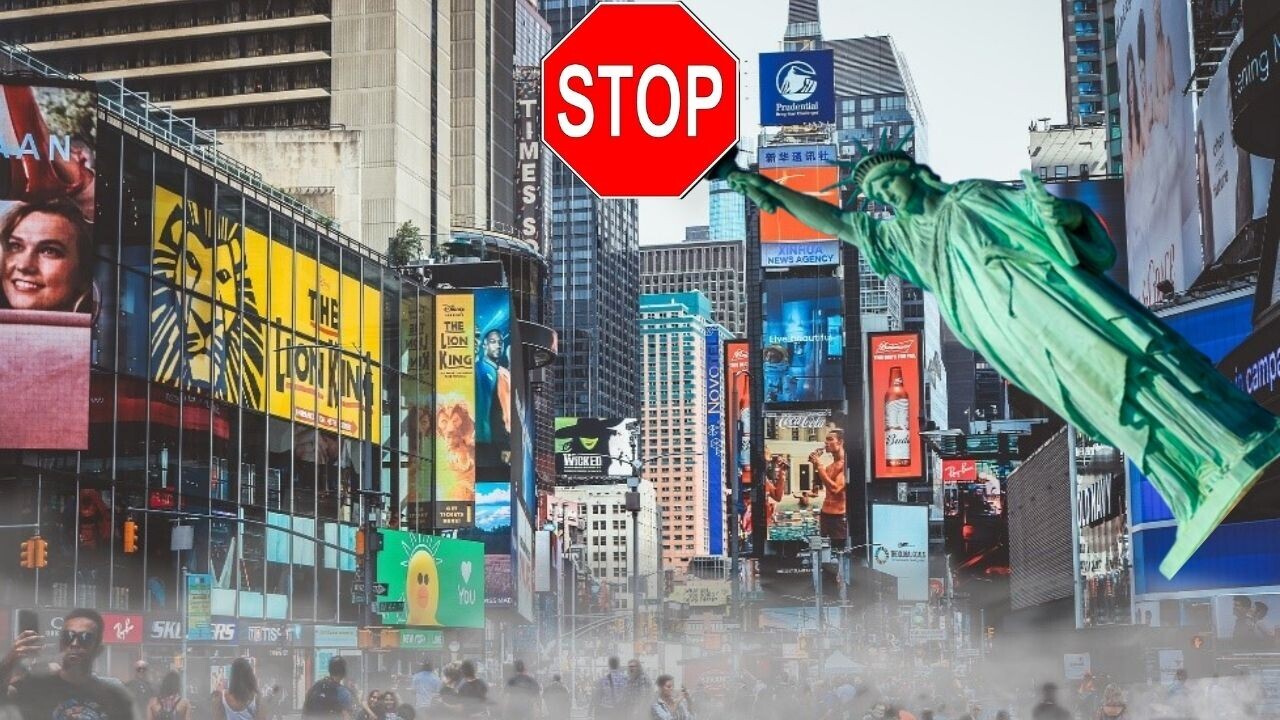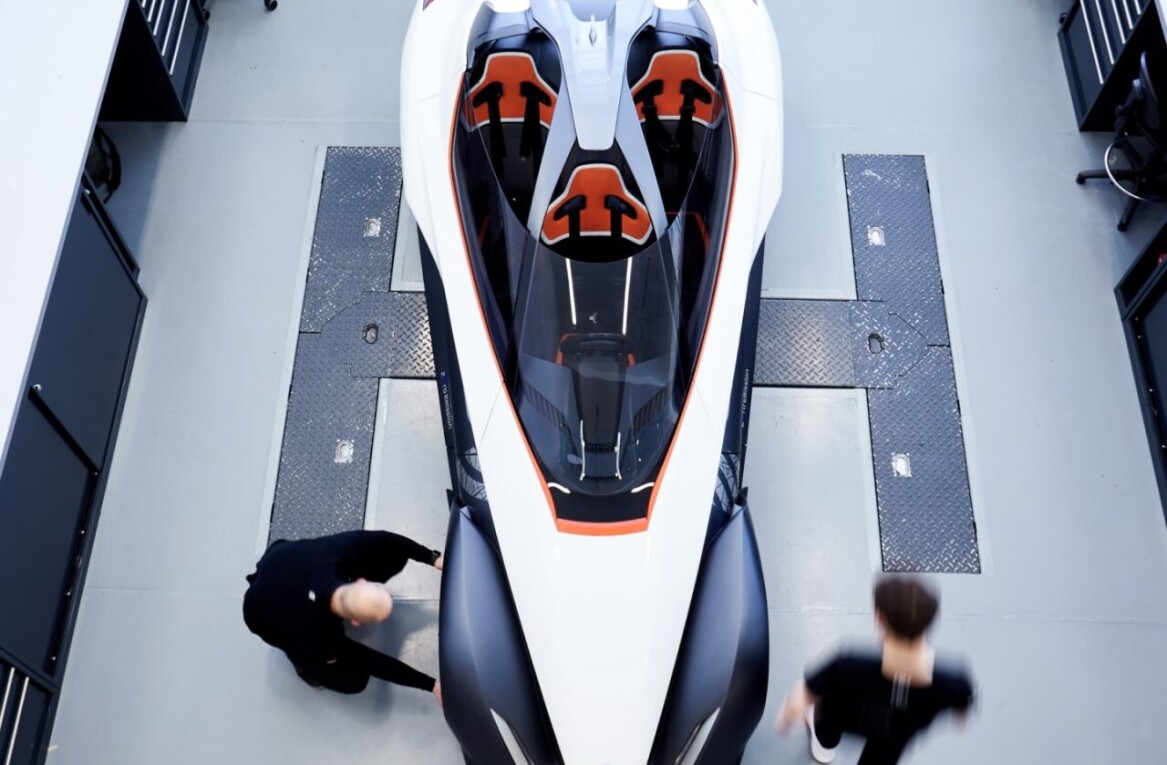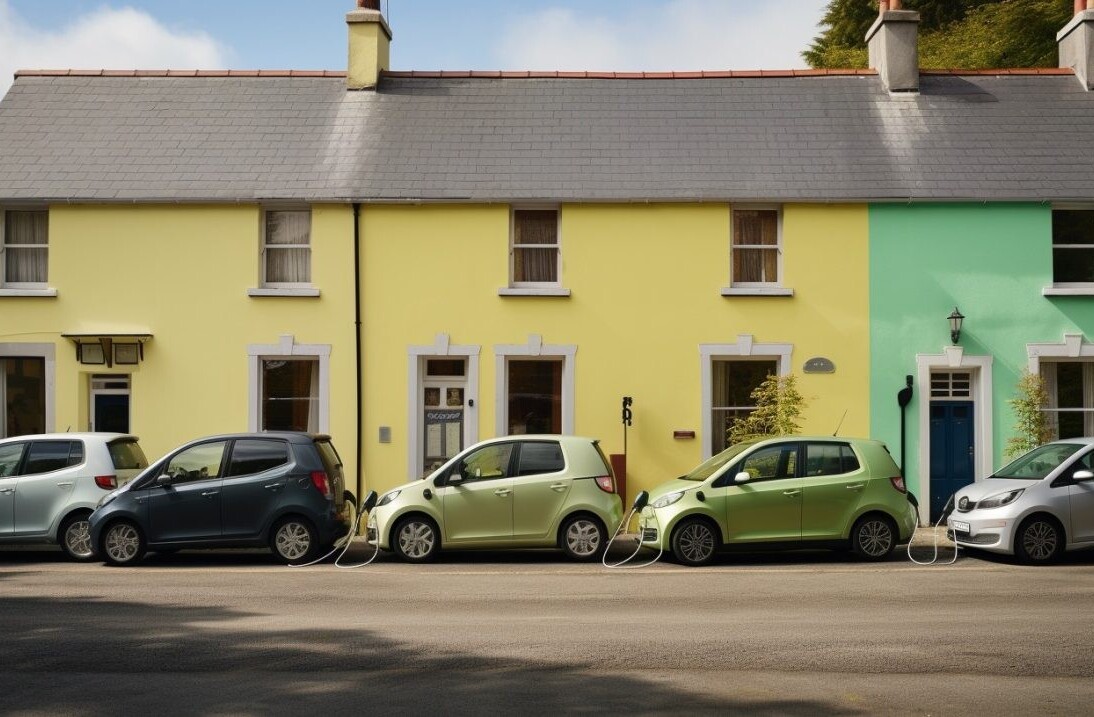
Did you know SHIFT is taking the stage this fall? Together with an amazing line-up of experts, we will explore the future of mobility during TNW Conference 2021. Secure your ticket now!
In 14 years from now, no more fossil fuel-powered vehicles will be sold in New York. Last week, the state introduced a new law that requires all new passenger cars and trucks sold to be zero-emission by 2035.
The bill was passed by New York’s Senate and Assembly and was signed by Governor Kathy Hochul, aiming at reducing greenhouse emissions by 85% by 2050.
Undoubtedly, this a big step for NY, where registered EVs represent a mere 3.2% of the total vehicle registrations.
In fact, if we do the math we can grasp just how much this move was needed.
Let’s add it up
According to recent census estimates, about 1.4 billion households own a car in New York City alone. Now a typical passenger vehicle emits about 4.6 metric tons of carbon dioxide per year.
If we assume that these cars are gas-powered, then the annual emissions reach 6.4 billion metric tons of carbon dioxide. And that’s frightening, to say the least.
The order also covers medium and heavy-duty trucks
Under the new law, new medium-duty and heavy-duty vehicles will need to be zero-emission as well by 2045. According to Transportation Commissioner Marie Therese Dominguez, this is also a necessary step to help disadvantaged communities, which are adjacent to industrial facilities and transit routes with heavy truck traffic.
“A portion of downstate New York State does not meet federal health based national ambient air quality standards (NAAQS) for ozone and has been categorized as a non-attainment area,” she explained.
A few bumps on the road
As much as the bill shapes the way to a more sustainable future, its actual realization will need a lot of coordination and efforts.
For this reason, the various state agencies will cooperate to create a “zero-emissions vehicle development strategy” by the end of next year.
The strategy will have to consider how to support the market for both new and used EVs and how to solve infrastructure problems, especially when it comes to charging.
A fast-charging network will need to be built to facilitate long-distance travel, while the number of slower, level-2 public chargers at parking spaces, shopping malls, and grocery stores will need to be increased dramatically.
Curbside charges are also a significant addition, given that on-street parking is the rule rather than the exception. It’s indeed promising that New York is already experimenting on it, but it will need to step up its game to actually scale them up.
There are some technical issues as well. It is unclear how New York will actually enforce the mandate, and unless there are specific measures taken, what’s to stop people buying cars out of state?
States with similar mandates are thin on the ground
In 2020, California was the first state to ban sales of new gas-powered cars by 2035, followed by Massachusetts in early 2021.
North Carolina, Connecticut, Hawaii, Maine, New Jersey, New Mexico, Oregon, Washington, and Rhode Island have also expressed the same aspiration, calling for president Biden’s support, although nothing’s set in stone yet.
Unfortunately, Washington’s attempted law was vetoed by Democratic Governor Jay Inslee and didn’t see the light of the day.
So, this still makes a total of three states out of the fifty…
Current EV registrations are a cause for concern
The number of current EV registrations in the US is even more alarming. There are seven states with less than 1,000 registered EVs, including North Dakota, Wyoming, and South Dakota, which have the lowest percentage.
The difference between the two states measuring the most electric vehicles is also vast. While California comes first with 425,300 EVs, the second state is Florida which follows with only 58,160.
Thus, while individual state initiatives are undoubtedly important, I’d say that only a nationwide mandate would most effectively boost the US green transition.
Do EVs excite your electrons? Do ebikes get your wheels spinning? Do self-driving cars get you all charged up?
Then you need the weekly SHIFT newsletter in your life. Click here to sign up.
Get the TNW newsletter
Get the most important tech news in your inbox each week.





